Atlas Crate is a monthly subscription from KiwiCo that specializes in geography and culture for children between ages 6 to 11 years old. This box is designed to spark kids’ sense of adventure and curiosity, inspiring them to see themselves as citizens of the world. Kids can see and connect with the rest of the world, helping them grow beyond their own experience as they explore the globe.
KiwiCo also offers Kiwi Crate, Koala Crate, Doodle Crate, Tinker Crate, Tadpole Crate, and Eureka Crate. Atlas Crate is a great addition to the KiwiCo family as geography and exploration is always a favorite activity!
DEAL: Save 30% on your first month with this link on any KiwiCo line, no coupon code required!
This month’s box is all about SOUTH KOREA!
All the items are neatly stacked inside!
Upon opening, we are welcomed by the cards and pamphlets that are essential to the activities. This subscription emphasizes learning through creative play as they provide in this box everything the kids might need. It builds a sense of adventure, an appreciation of other cultures, builds a sense of global citizenship and opportunity for parents and grandparents to bond with children.
I can see a lot of interesting items inside!
Everything in the crate!
First, we got this letter that says “Annyeong!” which means “Hi!” in Korean.
The letter opens up to show us an introduction to South Korea.
Every flap of the envelope has information about the box. We are also given a beautiful surprise of trivia cards filled with fascinating facts and photos.
One of the flaps has Atlas Quest, which you’ll need to fill out after exploring the country!
You can explore more online after you get your box with additional activities and book suggestions! Atlas Crate recommends Where’s Halmoni? and Korean Children’s Favorite Stories.
Atlas Crate Adventure Book
Missed our first review? You’ll get the rings in your first box, which will always start with the WORLD crate. Check out that review here!
Each month, we also get a sticker that represents the featured country. This month’s sticker features a Taekwondo player. It’s a famous combative sport that was developed by Korean martial artists during the 1940s and 1950s.
We placed our newest sticker on the Adventure Book, along with the other countries that we have already explored!
There you go! We’ve explored so many places already!
The table of contents is on the edge of each page for easy reading, just like how a travel book works.
This booklet also comes with a cute illustration of the country’s map with some fun facts and drawings of South Korea’s notable events, sports, places, or products from that particular location.
Atlas Crate Activities
These pages feature the beginning of the adventures of Anya and Milo in South Korea.
One of their first stop is Seoul! It’s the capital and the largest metropolis of South Korea. This city also has the most number of people living in Korea with its more than 10 million population.
The next destination is Jeju Island, located in the Korean Strait just below the mainland. This place is known for its beaches, caves, mountains, and waterfalls!
South Koreans show their respect to each other by bowing or what they call “jeol.” They have different styles of bowing depending on the occasion and who they are bowing to. The most formal jeol is known to be the sebae which is reserved for celebrating the new year.
Atlas Crate Recipe
This month’s featured recipe is Gyeran Mari, a Korean recipe made with beaten eggs mixed with several finely diced ingredients. It’s usually rolled and cut into 2-3 centimeter slices.
The booklet also included detailed instructions on making a delicious Gyeran Mari!
This Korean rolled egg is made with eggs, finely chopped carrots and green onions, salt, and vegetable oil.
My kids loved it so much. It’s soft and very yummy! It makes such a great breakfast dish!
Atlas Crate Projects
For this month’s Atlas Crate projects, we’re making Janggu and Yut Nori!
As always the crate provides all the materials for the projects.
Activity #1: Yut Nori. For this project, we used the game board, yut sticks, playing pieces, and stickers.
Featured at the back of the booklet are some fun facts about this fun and exciting board game.
Yut Nori is a strategic board game, but it’s a lot more than that, for lots of Korean families, it’s a cherished tradition. During holidays like Chuseok (the autumn harvest festival), or the New Year; Yut brings all ages together to share some fun and excitement.
Also included in this sheet are the detailed steps on how to make Yut Nori!
My daughter started the project by making the sticks. She put 4 pieces of “X” stickers on the round side of all the sticks.
Then, she put the “O” sticker on the flat side of one of the sticks.
After making the sticks, my kids immediately went for the board and started playing the game.
To start the game, each player will get four matching pieces. The first player will toss or drop the sticks, and then move it according to the result of the sticks.
If you got 2 round and 2 flat sticks, then you can move your piece two spaces forward.
If you get 3 round sticks and a flat with the “O” sticker on it, then you need to take a step backward. The first player to get all four of their pieces home is the winner!
Activity #2: Janggu. For the next project, we’re making “janggu” or a drum. This project includes balloons, inner and outing rings, mallet, bowls, yarn, paper tighteners, and sticky foams!
The sheet also provided us information about janggu and its importance to the South Korean culture.
The Janggu is a very old type of Korean drum. How old? Images of the janggu appear in artwork from more than 1,000 years ago!
Just like the first activity, this one also came with an instruction sheet.
The back the booklet features a guide for the traditional janggu rhythms. There’s also space where you can create your own rhythms.
My son started the project by making the drum heads. He grabbed one of the inner rings and carefully covered it using the balloons, and then locked it using the outer rings.
Once done with the head, we then proceed to the second step which is building the drum body. My son put the sticky foams on top of the bowls and then stuck the rim of the bowl to the inner ring and pressed it hard.
He did the same with the second bowl and then stacked them together!
Make sure that the holes on the bowl are positioned offset from each other.
Then, he put the yarn through a hole along one ring and then tied the end in a double knot, and made sure to leave a 3-inch tail.
He weaved the yarn up and down through the holes to make a zig-zag pattern!
We finished the weaving by tying it to the other end of the string and trimming off any extra yarn.
Now, it’s time to get the paper tightener and fold it along the white lines. Then, we stuck the sticky foam bar on the small tab!
The next step is to fold the paper tightener around the strings and sandwich the foam between the front and the back layers to stick it together.
Repeat the procedure for the rest of the strings!
Once the strings are secured, we can now play our own janggu drums!
Finally, grab your mallet and tap the drum!
This month’s Atlas Crate brought us to another fun and exciting place, South Korea! My kids enjoyed everything in this crate, from the activities, recipes, trivia, and of course their amazing projects that feature a great connection with the highlighted country. My children have learned a lot of mesmerizing things about South Korea, like their famous islands, great cities, and delicious dishes. All in all, it’s one fantastic experience, and we’re really looking forward to where we go next!
What do you think of KiwiCo’s Atlas Crate?





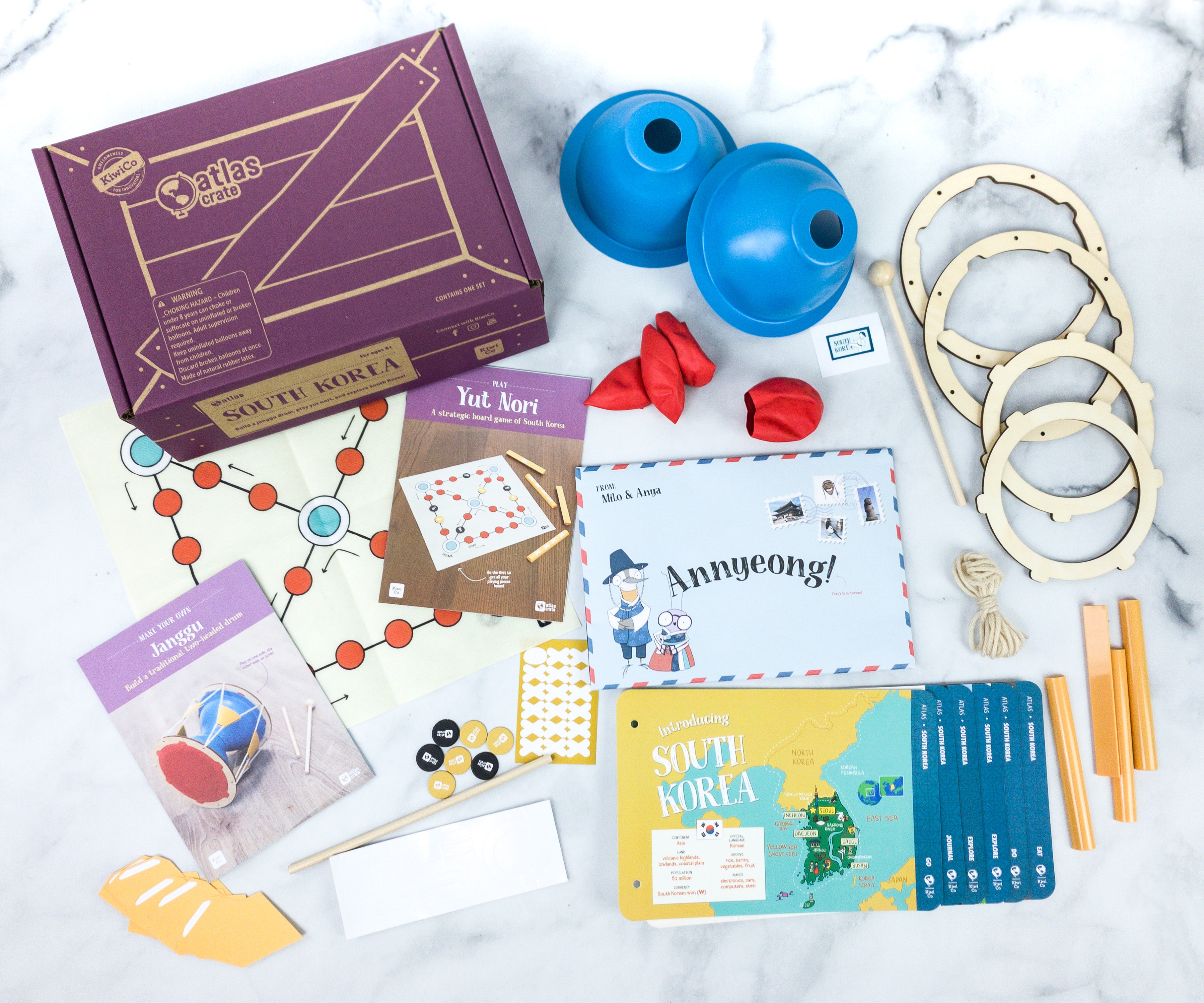
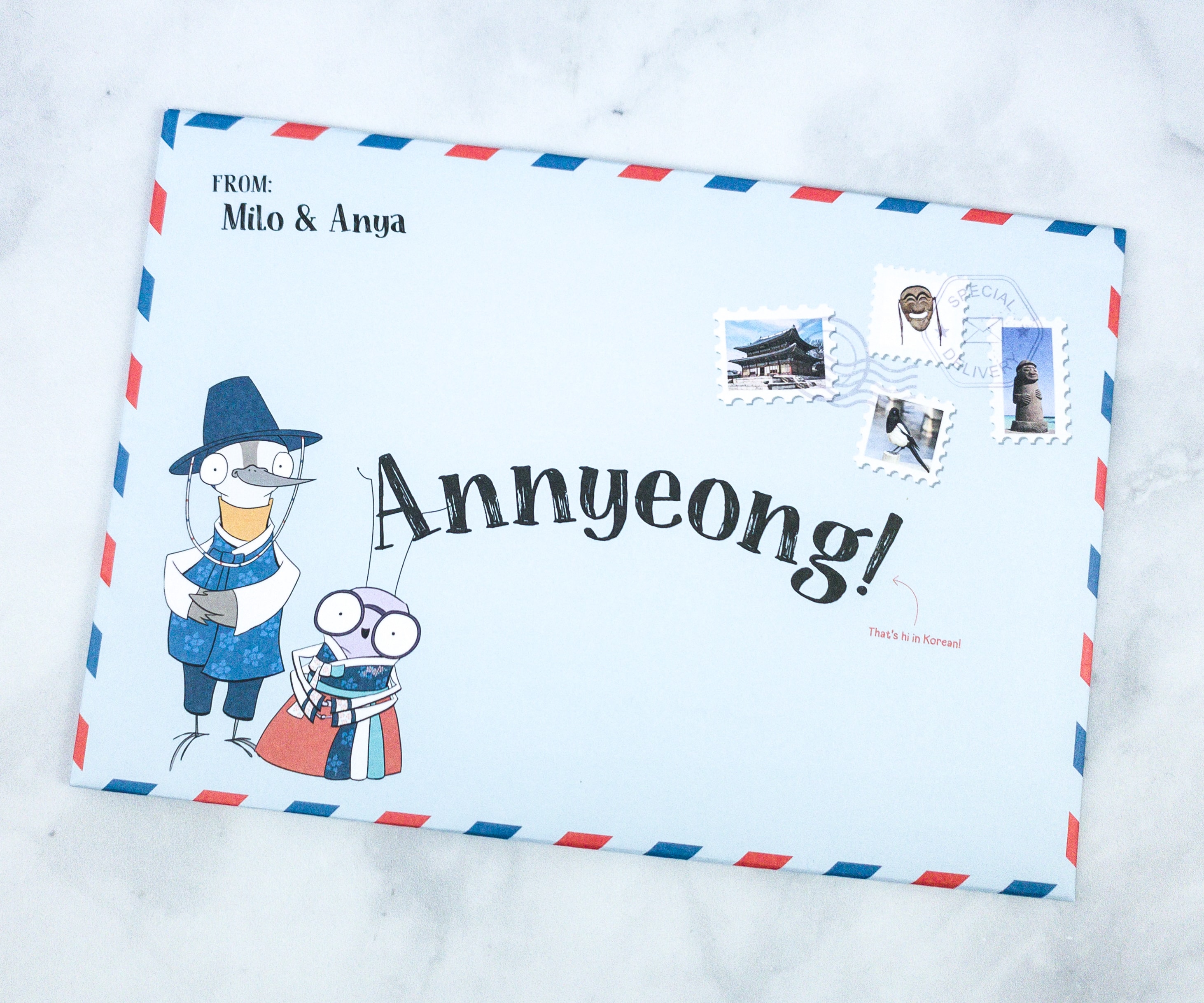











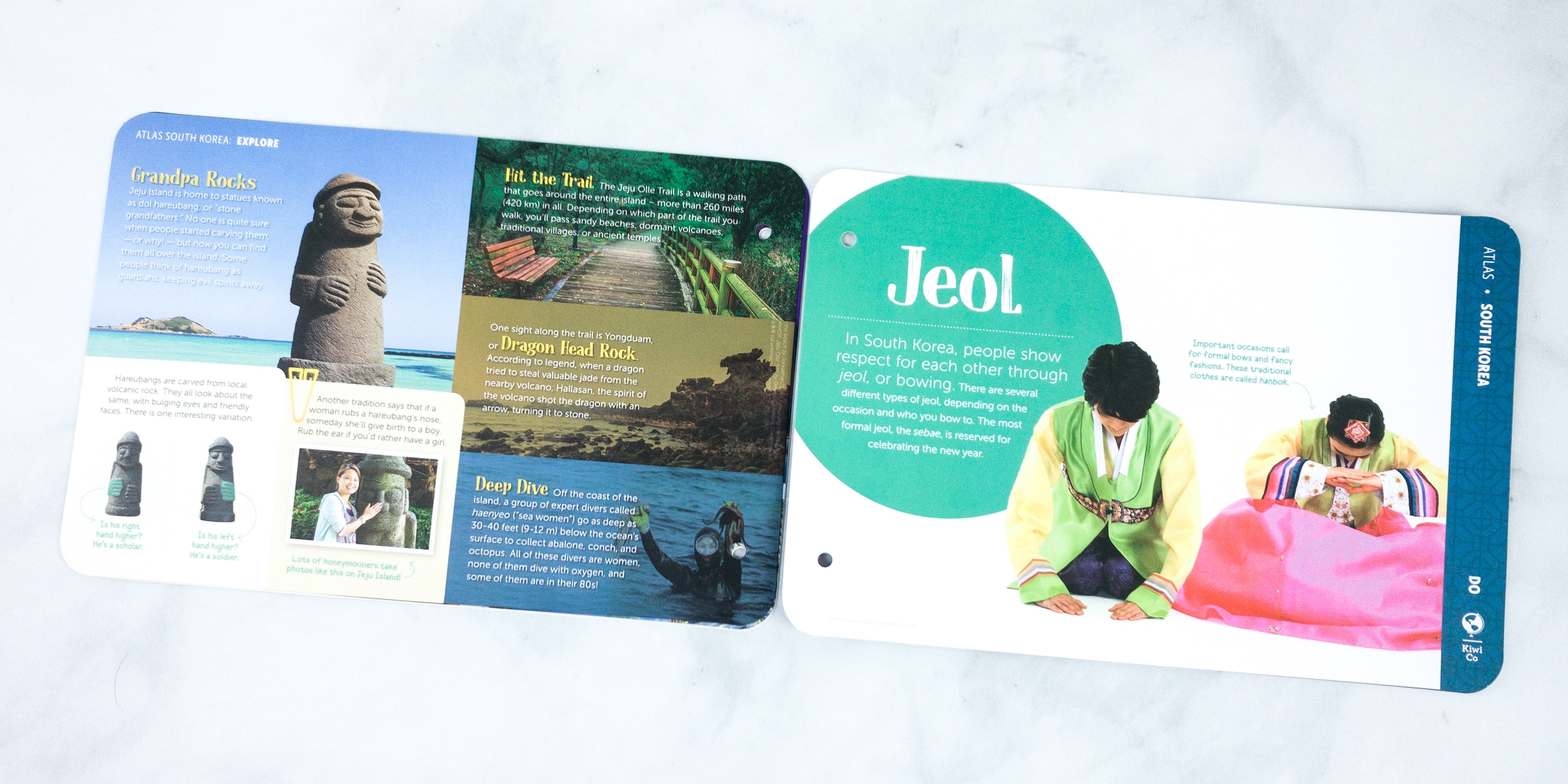













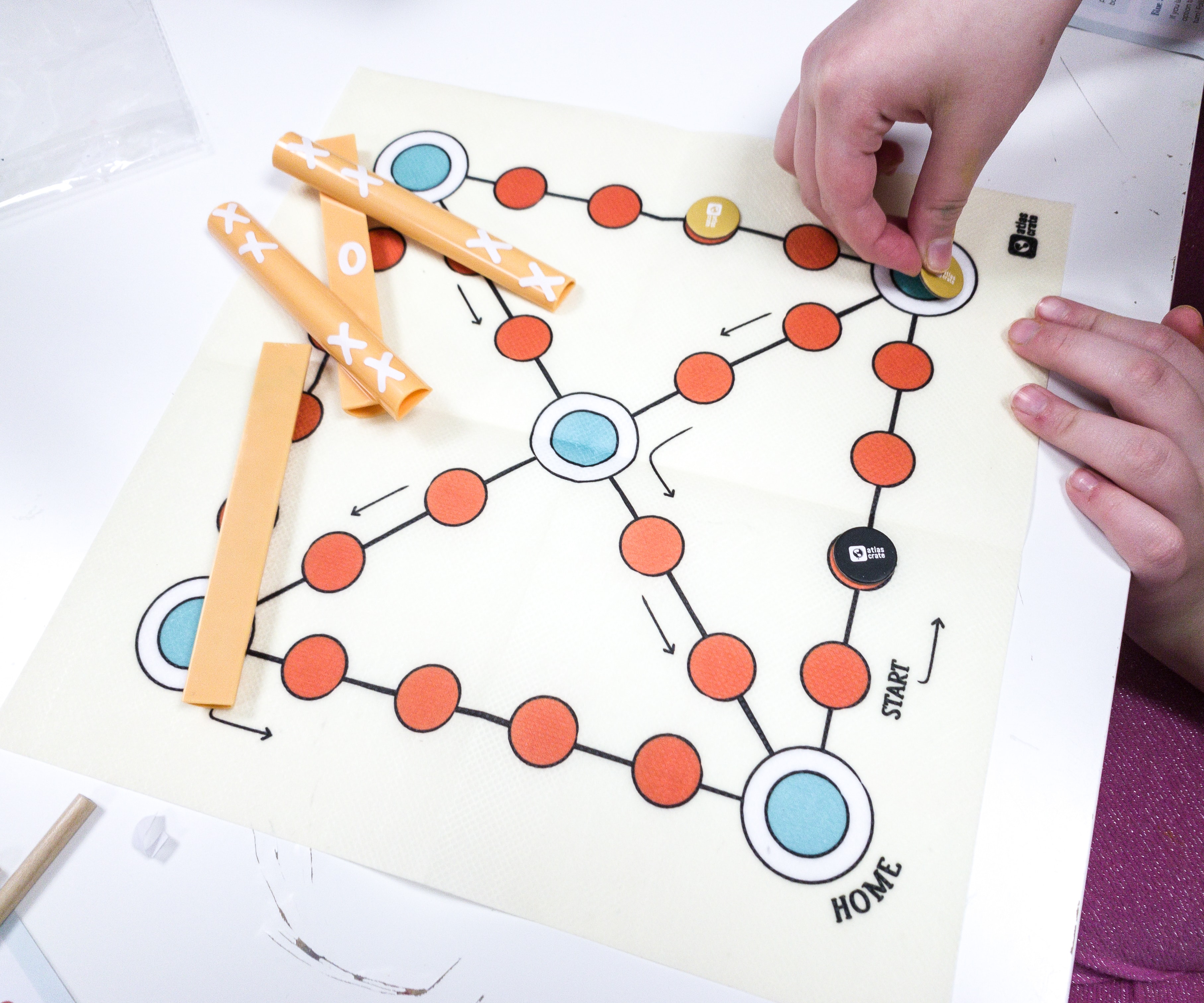
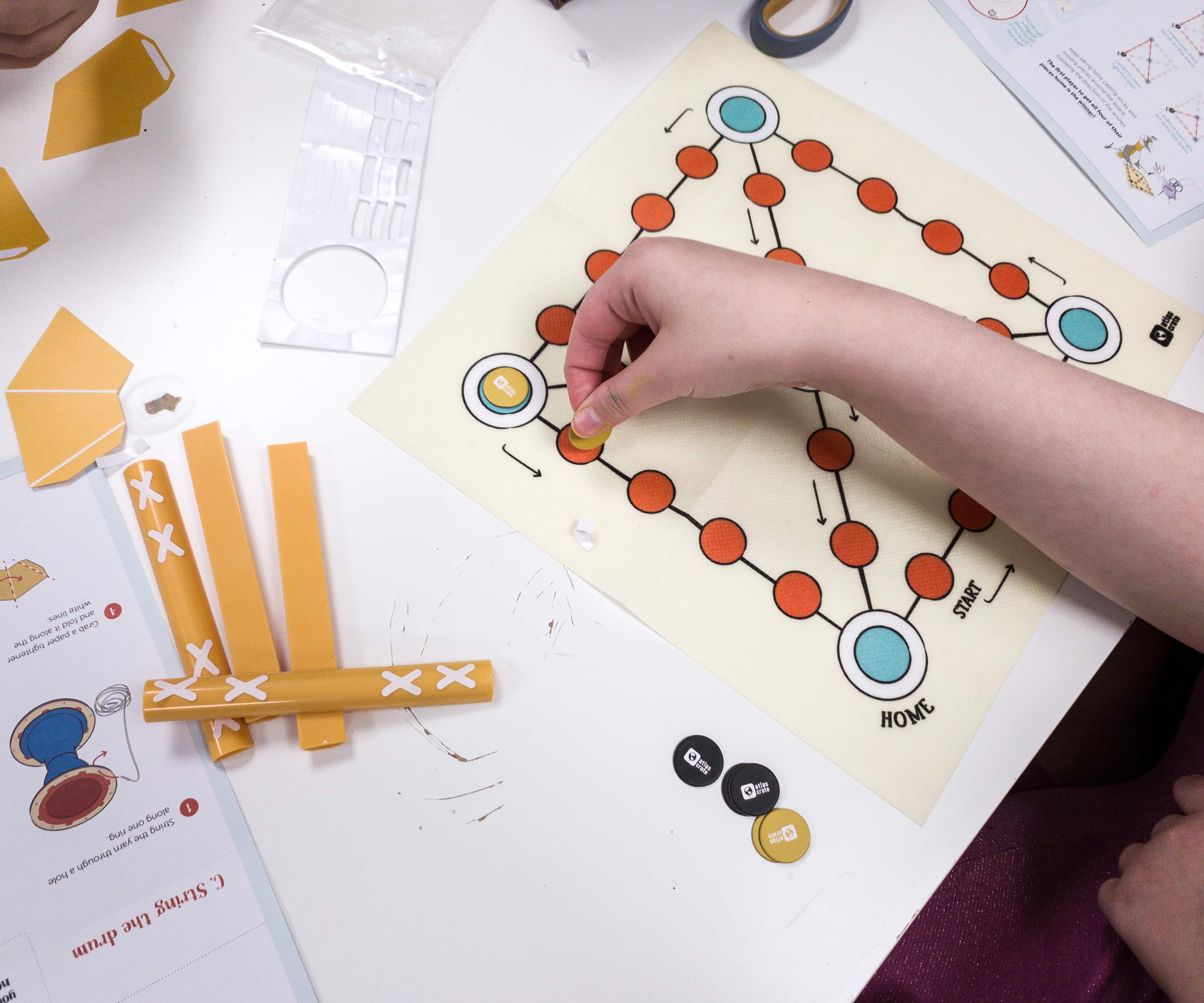




















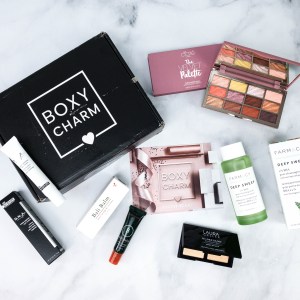


Comments